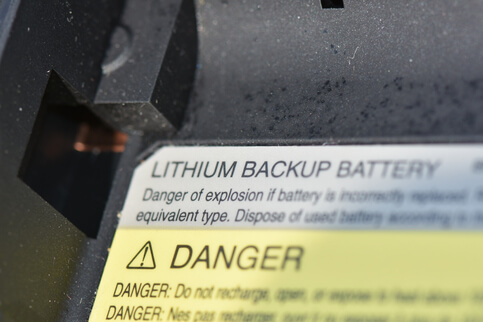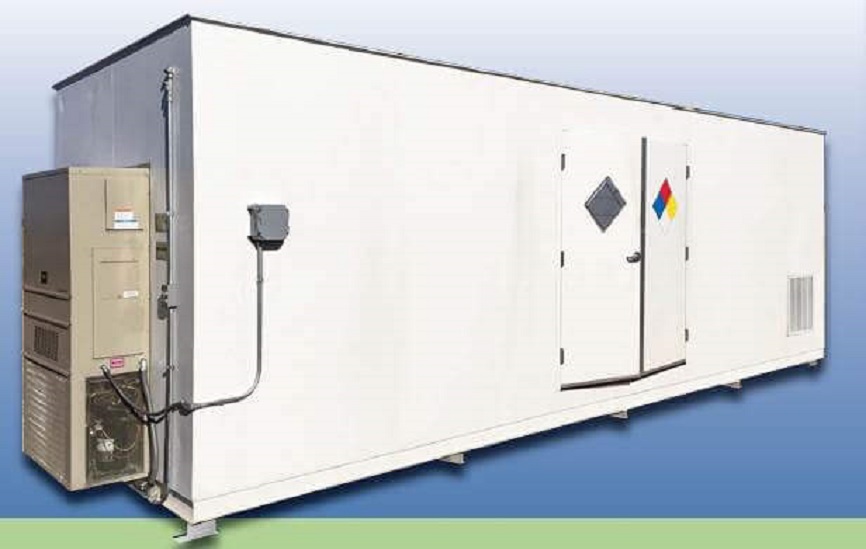Call Us: 1.800.275.3453
Request a QuoteCall Us: 1.800.275.3453
Request a Quote
The rise of telecommunications services and electronics use is increasing concerns over battery spill containment. Stationary lead-acid batteries (SLABs) provide power for telecommunication distribution centers, UPS systems and other applications. Installation of these batteries has caused increased awareness regarding battery spill containment systems and standards around OSHA battery storage. The widespread use of these units presents new environmental hazards that can result from battery spill containment failure. In this article, we discuss OSHA battery spill containment requirements and regulations that should be followed when installing SLABs and other related equipment.
In this Article:
Proper battery spill containment systems provide adequate prevention of environmental damage and health risks caused by battery failure. Although batteries provide clean, efficient power, SLAB installations pose safety and environmental threats if these units spill or leak. SLABs, including flooded-cell and valve-regulated lead-acid (VRLA) types, use lead and sulfuric acid. If these chemicals leak, they can cause worker injuries, fires, hydrogen explosions and groundwater contamination — not to mention the attendant fines, lawsuits and insurance losses. Therefore, following battery storage regulations & containment is paramount. For both public health risks and the risks to workers, OSHA battery storage requirements must be followed.
On the federal level, the EPA enforces the Code of Federal Regulations (CFR) regarding battery acid spill containment. This regulation stems from the Resources Conservation Recovery Act (RCRA) and the Right to Know Act. The Right to Know Act requires businesses to report the storage of any hazardous materials exceeding 500 lb — including batteries.
The RCRA states that any materials exceeding 500 lb (10 lb equals 1 gal of electrolyte) must have liquid-tight battery spill containment systems and recommend using storage buildings for hazardous materials.
Proper battery spill containment ensures safety, prevents environmental damage and protects your business. State and local governments require battery spill containment compliance. These codes require:

OSHA federal regulations address worker safety issues in the presence of flooded-cell batteries. To protect workforces, OSHA battery storage requirements are as follows:
Recent amendments to Article 64 of the Uniform Fire Code (UFC) expanded battery spill containment requirements. The new requirements include VRLA batteries if the minimum electrolyte-capacity thresholds of battery systems are greater than 50 gallons and individual jars are greater than 20 gallons. Legislation currently under review by the National Fire Protection Association (NFPA) and the National Electrical Code (NEC) may increase the scope of enforcement regarding battery acid spill containment.
Protect your business, your resources and your worksite with the right battery spill containment solution. Polystar Containment’s staff of battery spill containment solution experts help you choose the right solution for your industry and needs. Browse our collection of hazardous material spill containment products to learn more about Polystar Containment’s secondary battery spill containment and prevention systems.
In addition, please feel free to browse our other expert resources and insights for staying compliant with secondary containment:
